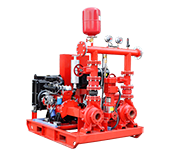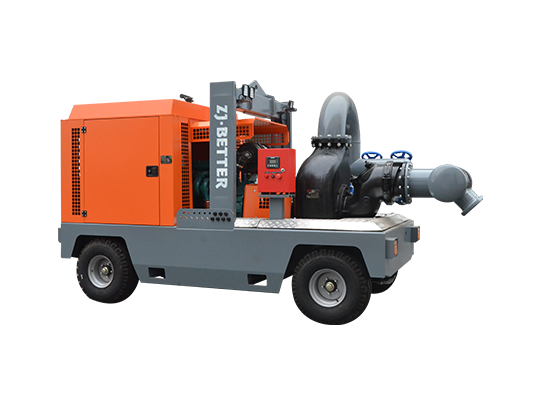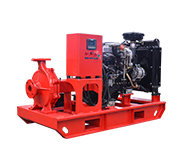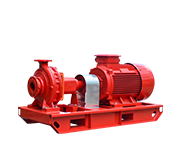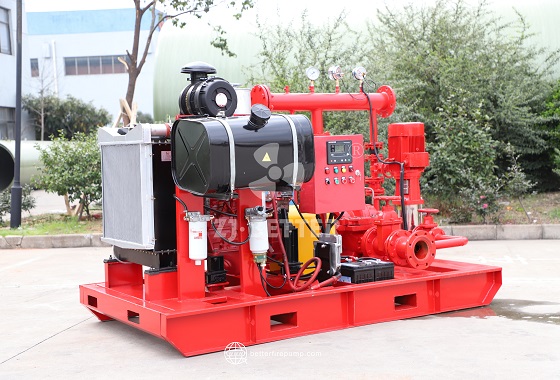1.Real-Time Data Monitoring for Transparent Equipment Operation
The remote monitoring system, equipped with high-precision sensors, continuously tracks key parameters such as pressure, flow rate, voltage, current, and temperature. The data is uploaded to the cloud, allowing users to access real-time equipment status via PC or mobile devices, ensuring complete operational transparency.
2.Intelligent Alarm System for Enhanced Safety
The fire pump’s smart alarm system detects anomalies such as low water pressure, abnormal flow rate, or motor overload. Upon detection, alerts are immediately sent via SMS, email, or app notifications, ensuring that potential failures are identified and resolved before they escalate into serious safety risks.
3.Remote Control for Faster Emergency Response
Remote monitoring allows users to start or stop the fire pump and adjust its operation mode from a computer or mobile device. In case of emergencies, this function enables swift response, ensuring immediate activation of the fire pump even if operators are off-site.
4.Cloud-Based Data Storage for Comprehensive Records
The system supports cloud-based storage, keeping records of operational status, alarm history, and maintenance logs. Users can access historical data for analysis, optimizing maintenance plans and ensuring compliance with fire safety regulations.
5.Energy Management for Cost Reduction
The intelligent system adjusts operational parameters based on real-time demand, preventing unnecessary high-load operation. This reduces power consumption, extends equipment lifespan, and lowers operational costs.
6.Multi-Device Integration for Enhanced Fire Safety
The system can integrate with sprinklers, alarm systems, and smoke extraction systems to form a coordinated fire response network, significantly improving firefighting efficiency.
7.Cloud-Based Access Control for Security and Efficiency
The system features multi-level permission management, ensuring secure and structured operations. All activities are logged, preventing unauthorized changes and improving compliance.
8.Unmanned Operation for Lower Maintenance Costs
Remote monitoring minimizes the need for on-site personnel by automating monitoring and adjustments, reducing labor costs and improving efficiency.
9.Wide Compatibility for Various Industries
The system supports standard communication protocols, making it compatible with different fire protection equipment across industries such as industrial parks, commercial buildings, residential complexes, and petrochemical facilities.
10.Customizable Solutions for Specific Needs
Users can customize features such as wireless communication modules, video surveillance integration, and third-party system compatibility to meet their unique fire management needs.
The integration of remote monitoring technology makes fire pump systems more intelligent, efficient, and reliable. With features like real-time monitoring, smart alarms, remote control, cloud storage, and energy management, businesses can significantly enhance fire safety while reducing operational costs. Investing in a fire pump with remote monitoring is a step toward digitalized and intelligent fire safety management.

